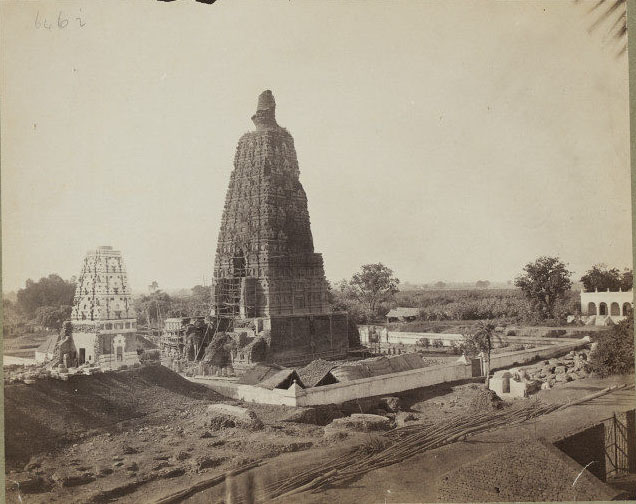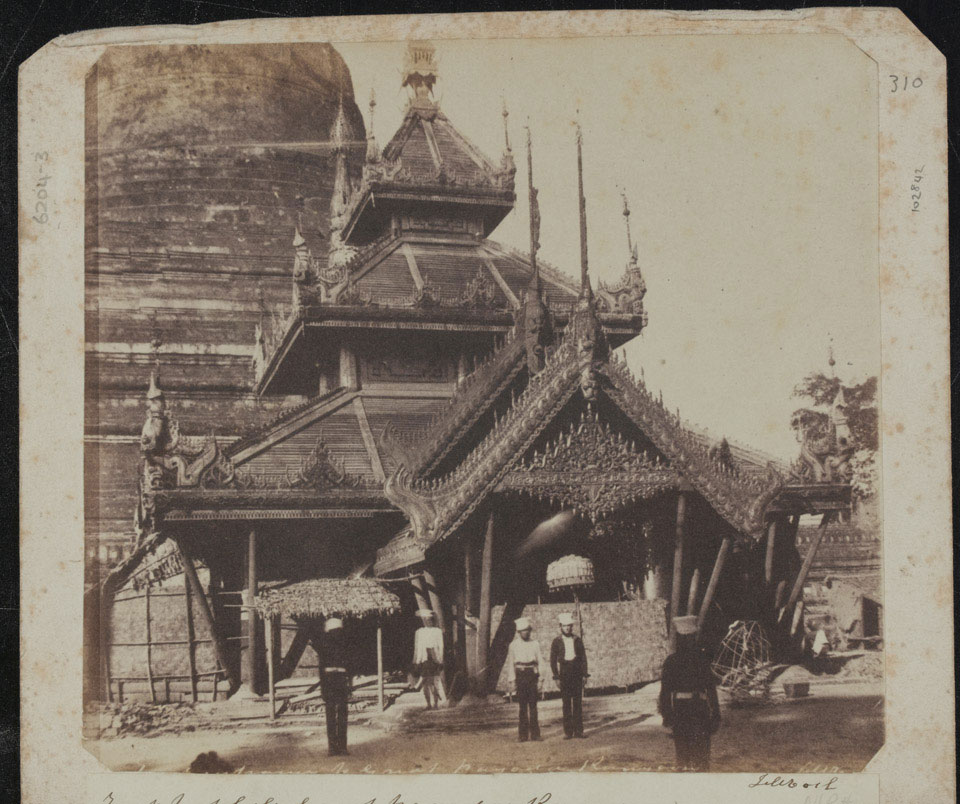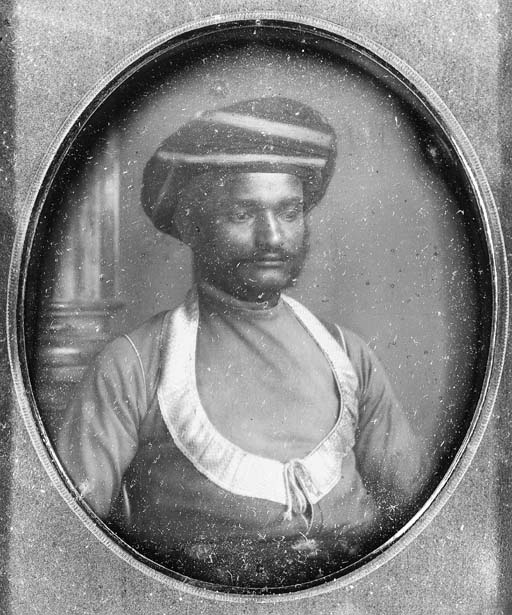Hurrichund Chintamon / Harishchandra Chintaman, was a pioneer of photography in India and who setup an early studio in Bombay (Mumbai) as early as 1860. Hurrichund Chintamon was a disciple of Dayanand and President of the Arya Samaj of Bombay in 1878.He attended the photography class at the Elphinstone Institution under the tuition of W.H.S. Crawford, in 1855, and was awarded the first prize of Rs.50 in the government-sponsored competition held at the end of that year. He showed his photographs to the Bombay Photographic Society in 1856 and also contributed photographs to the Archaeological Survey of India. His Photographs on castes and tribes were exhibited in Paris in 1867.

199-1920 
Dr. Narayan Daji and Hurrichund Chintamon were among the first few from Bombay to master the art of photography. He had established a large studio in the Bombay fort and in due course he also published Marathi books on science of Photography. By the late 1860s, his was the oldest photographic studio in Mumbai.
Carte-de-visite was introduced into India in 1950s, and it became extremely popular, particularly among the wealthy people of Bombay. Chintamon was among the first few who mastered the art successfully and captured carte-de-visite images of literary, political and business figures.
In 1860s photography was a popular means of representation in the princely states. Many princes relied on British photographers such as Bourne and Shepherd or Johnston and Hoffman to take their portraits whenever they visited Calcutta, but a few chose Indian as their official photographer.
Around 1869 Maharaja Malhar Rao of Baroda selected Hurrichund Chintamon;as his official photographer and Chintamon became famous because of his carte-de-visite portrait of the Maharaja of Baroda.
Large body of photography work created by Hurrichund Chintamon, were found thought out British India in 19th century.
Hurrichund Chintamon‘s carte–de-visite albumen prints were a novel way of sharing a photographic studio portrait. Countless prints were sent to places as far away as China, where they may well have been the first photograph many encountered by people.
A carte-de-visite is a piece of thick board measuring 4 ¼” x 2 ½” with a photograph mounted on it. Usually the subject is a single person photographed in studio setting, either standing or sitting; often it’s only a view of the head and shoulders. These prints were immensely popular in the nineteenth century, surpassed only by tintypes (an image mounted on metal) in popularity. The photograph mounted as a carte-de-visite is almost always an albumen print, a photographic process that resulted in a slightly glossy, warm-toned and clear.
Albumen prints are also always mounted on thick cards, because without support they roll up into cylinders. Albumens almost universally fade and yellow with age, and also develop minute cracks. Some experts say that up to 80% of prints, in nineteenth-century historical collections are albumens.
The popularity of cartes-de-visite peaked between 1860 and 1866, when the “cabinet card,” and other forms of card-mounted albumen photographs became more popular. These types of photographs are easily identified by their size. A card-mounted photograph that is 4 ½” x 6 ¼” is called a “cabinet card.” The “Victoria” was 3 ¼” x 5″, the “promenade” was 4″ x 7″; the “boudoir” was 5 ¼” x 8 ½”, the “imperial” was 6 7/8″ x 9 7/8″ and the “panel” was 8 ¼” x 4.”

Reference
Govind Narayan’s Mumbai: An Urban Biography from 1863, By Govinda Nārāyaṇa Māḍagã̄vakara
Photography an Illustrated history, By Martin W. Sandler, 2002, Published by Oxford University Press, USA.
The Indian Princes and their States
By Barbara N. Ramusack, Published by Cambridge University press 2004
https://www.college-optometrists.org/the-college/museum/temporary-exhibitions/we-called-to-see-you-victorian-cartes-de-visite.html
History of the Adepts, Spiritual Ancestors of the Brotherhood of Light Lessons (https://adepts.light.org/)
Cartes-de-Visite – the first pocket photographs By Georgen Charnes (https://nha.org/)
https://www.bl.uk/







